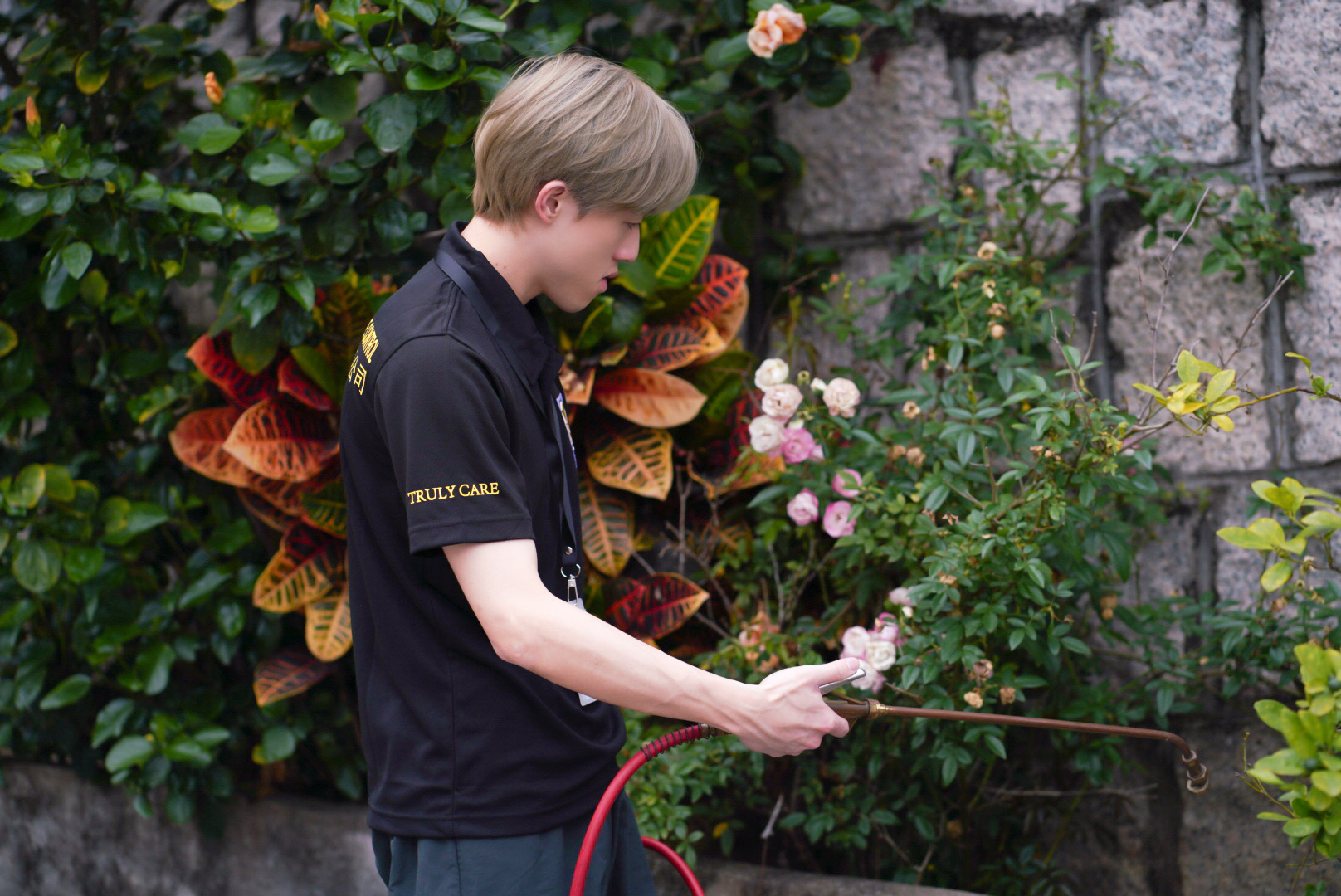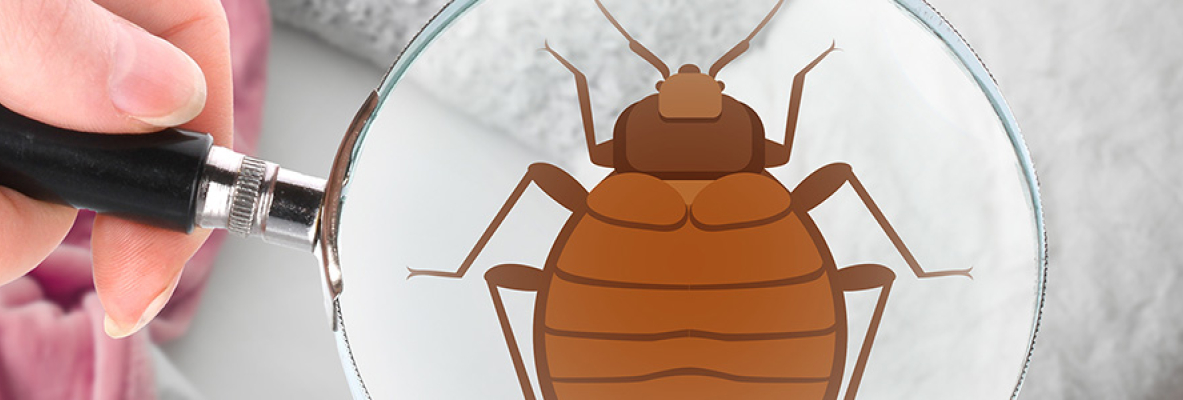
Distribution of midges
Fleas are extremely small, with many bristles growing upside down, which can help them move in the hair of the host animal. It also has two strong hind legs, so it is good at jumping and can jump seven or eight inches high. Fleas can jump 350 times their length, which is equivalent to jumping over a football field by one person. Females lay their eggs in dusty corners, small holes in walls and floors. They can also lay on animals and land or migrate as the animals move.
The eggs are white, and white footless larvae hatch in about four or five days. The larvae feed on organic matter in dust and flea feces. Two weeks later, the larvae spun silk and dust to form a cocoon and pupate in it. After two weeks, the flea came out of the cocoon. If a flea touches an animal, it will immediately harm it by sucking blood. Therefore, to eliminate fleas, the holes in the walls and the ground should be filled with lime or mud, and they should be cleaned frequently to keep them dry and hygienic. They can also be sprayed with insecticides.

Morphological characteristics of midges
Midges are tiny, blood-sucking insects. As far as midges are concerned, many scholars have described their general shape and observed their detailed features with an electron microscope.
The adult body of the midge is only about 1.4 mm long, the head is black, the antennae and mouthparts are dark brown, and the chest and abdomen are dark brown. The biggest difference in appearance between females and males is that the female antennae have sparse short hairs. The second to ninth segments of the antennae are rosary-shaped, while the end 5 segments are obviously elongated. There are long hairs on the antennae of the males, that is, inlaid with hairs, and only the 4 ends are obviously extended. In addition, there is a pair of thick grippers at the end of the male's abdomen, which allows the mating process to proceed smoothly. The length of the egg is about 0.3 mm, is oblong, slightly curved on one side.
Control of midges
The breeding places of midges are wide, and many existing prevention and control measures have not yet achieved satisfactory results, and it is not easy to implement comprehensive and thorough prevention and control. However, the following methods can be used for comprehensive prevention and control to reduce its occurrence and damage.
Environmental rectification: In order to effectively prevent midges, removing breeding sources is the primary task. The larvae of midges mostly exist in dark and damp places, such as under the eaves, the edge of the water ditch, under the densely leafed trees near the house, under the melon shed, the surface of the courtyard wall with moss or blue green algae, or the shaded tea garden and betel nut Therefore, we should start with environmental rectification. Remove moss topsoil and humus in damp and shaded places, remove unnecessary shade scaffolds; turn soil to keep the topsoil dry to reduce the chance of larvae survival and adult spawning places; remove weeds, bushes and sparse Cutting branches can eliminate or reduce the habitat of adults.
Media coverage and our pest extermination process





